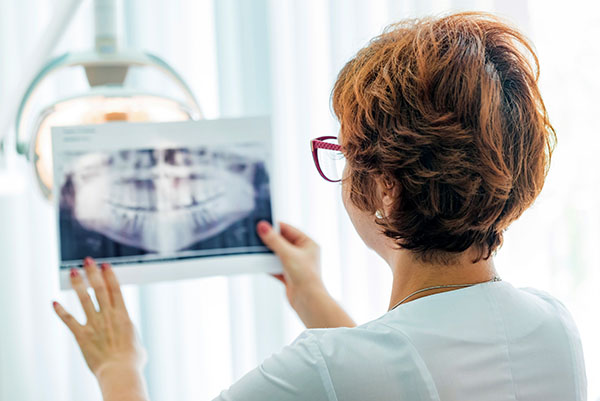 An endodontist is a dentist specializing in tooth pain and disease affecting the interior of the tooth. They have completed advanced training, which allows them to diagnose and treat tooth pain. The discomfort is generally a sign that a person may have a damaged or infected tooth. The pain could be due to tooth decay or infection in the tooth or the gums surrounding it.
An endodontist is a dentist specializing in tooth pain and disease affecting the interior of the tooth. They have completed advanced training, which allows them to diagnose and treat tooth pain. The discomfort is generally a sign that a person may have a damaged or infected tooth. The pain could be due to tooth decay or infection in the tooth or the gums surrounding it.
Understanding basic tooth anatomy
The teeth have three primary layers: enamel, dentin, and dental pulp. The enamel is the hardest tissue in the body and the most visible part of the tooth. It is the outermost portion and protects the tooth from bacteria. Just beneath the enamel is the middle layer called dentin, which makes up the majority of the tooth’s structure and gives the teeth their color. The innermost layer of the tooth is the dental pulp. Its primary role is to create dentin and supply the tooth with nutrition.
The link between dental pulp and tooth pain
The dental pulp is the part of the tooth that is alive. It consists of specialized cells and connective tissues. Also, it is the only part of the tooth that has nerves and blood vessels. Severe damage to the pulp will cause the tooth to lose its blood and nerve supply.
A cavity caused by poor oral hygiene or crack from injury can expose the pulp. It lets the air and microorganisms and their toxins invade this delicate part of the tooth. When this happens, the pulp nerves get infected and irritated, resulting in tooth pain. The nerve is an extremely sensitive area of the tooth. It can become considerably painful once exposed to bacteria and other adverse stimuli.
Swelling and drainage problems
Besides pain, an endodontist may also help resolve swelling brought about by an abscessed tooth. Inflammation of the facial tissues is a serious problem that needs immediate endodontic care. The swelling may become tender to the touch. Having an endodontist treat it right away can mean the difference between saving the tooth or having it pulled.
Furthermore, a cracked or diseased tooth can also result in a localized area of infection. This may appear like pimples on the gums. This raised mass of infected areas may burst and drain into the mouth. The pus-filled mass results in a bad odor and taste. This generally indicates that endodontic services are necessary to treat the condition. An endodontist will close the drainage path and ensure that nothing will leak in the patient’s mouth anymore.
Reasons to visit an endodontist for tooth pain
Excruciating tooth pain that persists could be due to an abscess and a dying nerve inside the tooth. In this case, an endodontist may perform root canal therapy to save the tooth. They will remove the infected tissue, clean out the area thoroughly, and seal it up with a rubbery substance. A root canal procedure can provide instant relief from the throbbing tooth pain and prevent the risk of reinfection. The sooner you consult an endodontist for a diagnosis, the less likely your treatment will be invasive.
Request an appointment or call Endodontic Specialists, PC at 402-401-7777 for an appointment in our Omaha office.
Related Posts
If you are considering visiting an endodontist, you will probably want to learn everything that you can about the services that they offer. Endodontic therapy is defined as any dental operation that deals with the pulp of a tooth. This dental professional typically performs endodontic therapy. When the pulp of a patient's tooth becomes infected,…
Do you think you might have a tooth infection? An endodontist would most likely recommend root canal treatment to treat an infected tooth, particularly if the infection cannot be treated through antibiotics. This article discusses the root canal treatment process an endodontist would follow to treat the tooth infection.Root canal treatment involves removing diseased dental…
If you have inflamed gums and notice pimple-like bumps or discoloration on the gum area, you might need a root canal from an endodontist. Gum inflammation is a sign of an infected tooth. Sometimes, gums can become inflamed after vigorous brushing or flossing. Other triggers are hormonal changes or taking certain medications, but these are…


